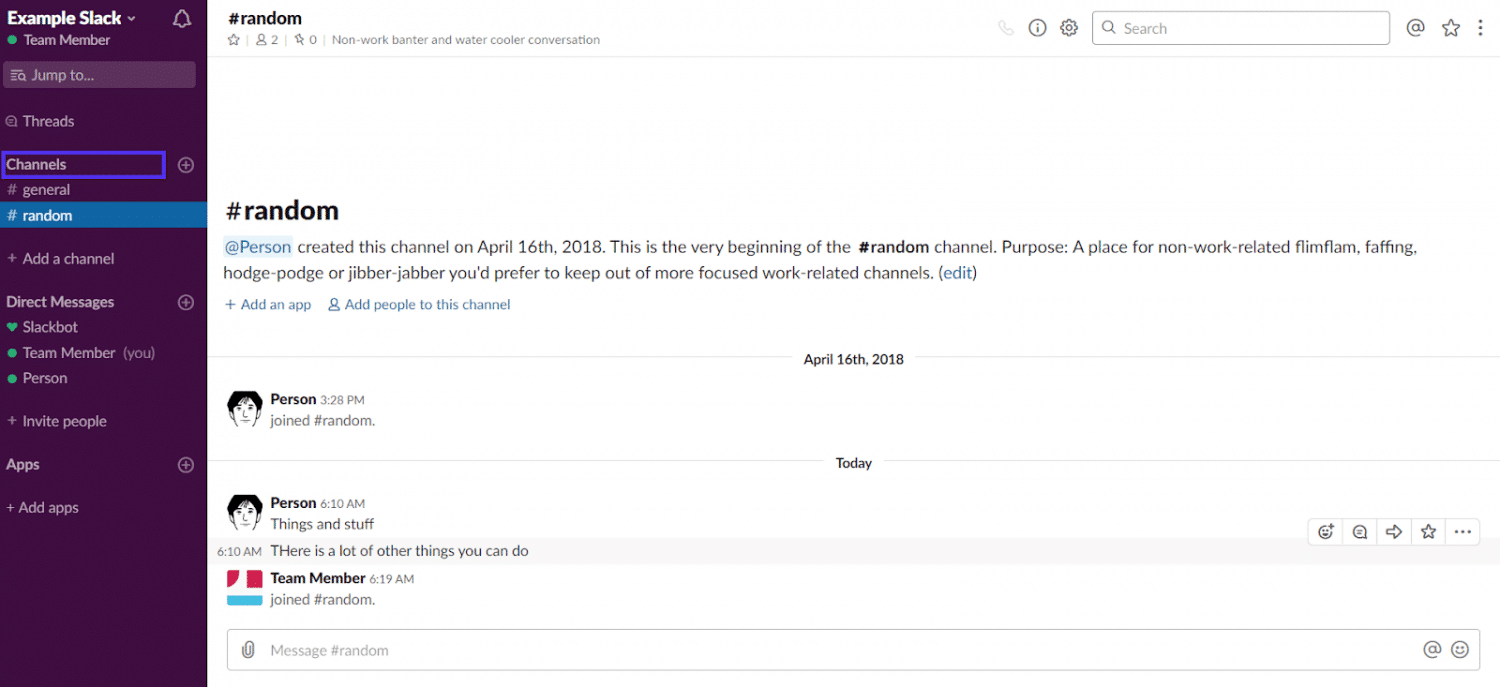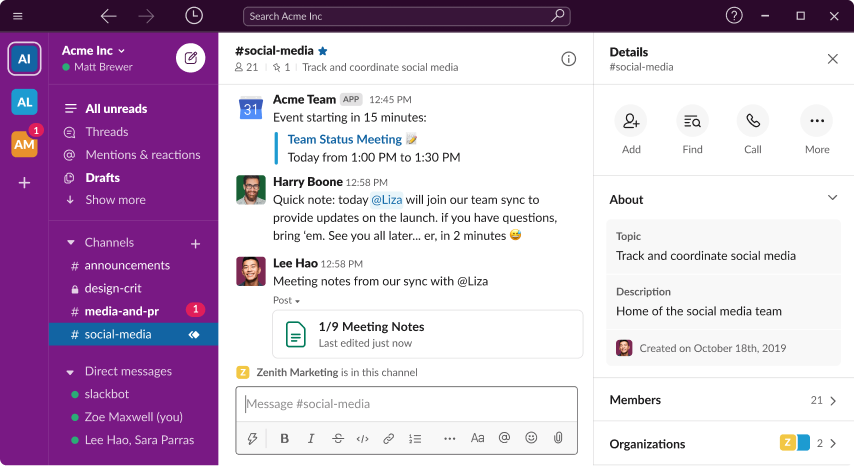

The only real difference between the two is that slash commands start with a "/" and can be auto-completed in the chat input. They also give you the ability to create outgoing webhooks. Slack gives you the ability to register slash commands. Cards can also contain metadata that can be used to enable UI actions within your add-on.įor more information on sending messages in HipChat, check out our guide on the topic. Cards come in a variety of formats that support different message content such as links, images, and activities.
#ADD GCHAT TO SLACK CLIENT HOW TO#
However, to keep things simple, let's focus on how to map out what you've built in Slack into a HipChat Add-on. These web apps can also be embedded into the HipChat clients' UI making it possible to build highly engaging apps or integrations within HipChat that go beyond text based interactions. HipChat Connect is a way to extend HipChat using a bundled "add-on." A HipChat add-on is just a set of "capabilities" that implement an OAuth based authentication flow, a set of REST APIs, and JavaScript APIs. In addition, HipChat's add-ons are capable of a lot more through the platform we call HipChat Connect. However, it is possible to build bots using plain old XMPP - and we do support Hubot. The one missing capability you'll notice is the lack of bot support through the core API platform (that's coming soon). Those three capabilities roughly match up to Slack's App capabilities.

This is how slash commands are implemented inside of HipChat. Listen to messages inside of rooms via webhooks and respond to them.Send messages or notifications into rooms.Generally, HipChat Add-ons can do most of what Slack Apps can do. Your app can make calls back to Slack's APIs based on the set of permissions the user has authorized.Your app can listen to and respond to conversations using a bot user.Your app can invoke actions outside of Slack using slash commands.

Your app can send messages into a channel or direct message using incoming webhooks.Roughly speaking, Slack Apps have the following capabilities: Level set Slack's integration capabilitiesīefore we get too deep into it, let's step back and discuss what you can build in Slack. Now you'd like to add support for HipChat - awesome! This guide will walk you through the similarities between the two API platforms and make it easier for you to add support for HipChat in your Slack App.


 0 kommentar(er)
0 kommentar(er)
